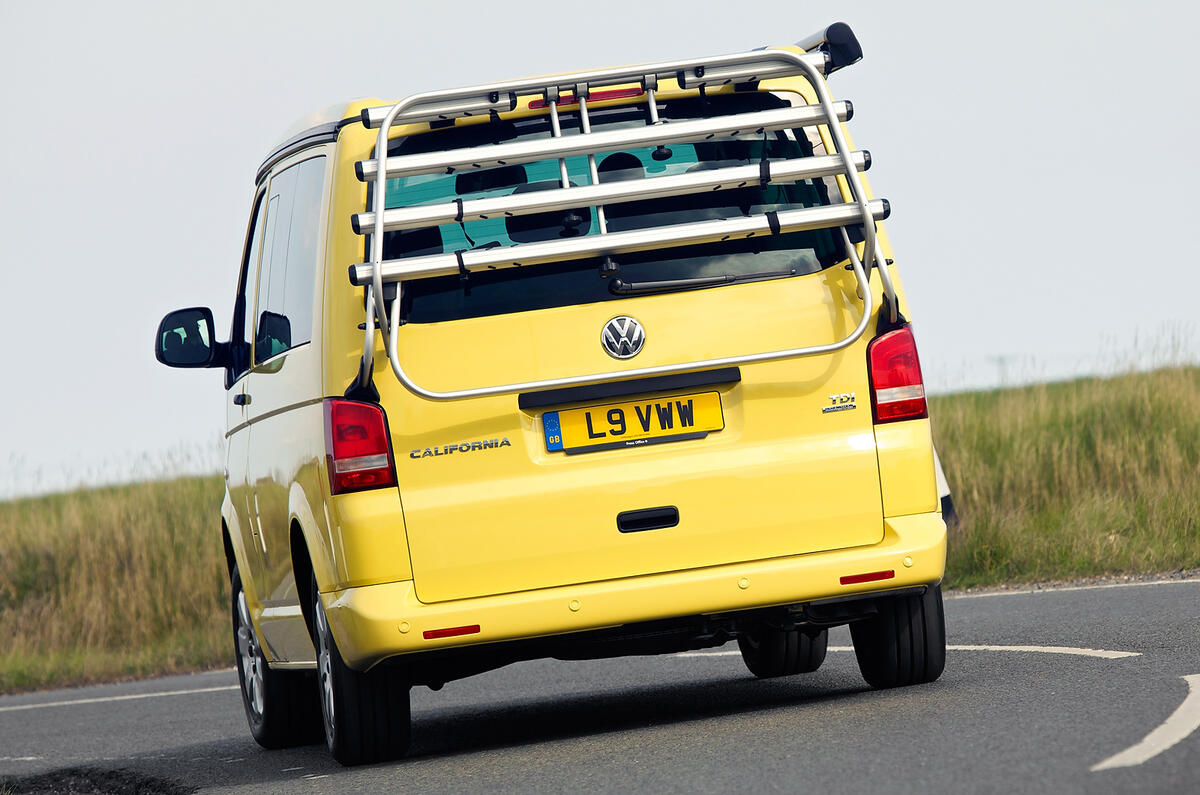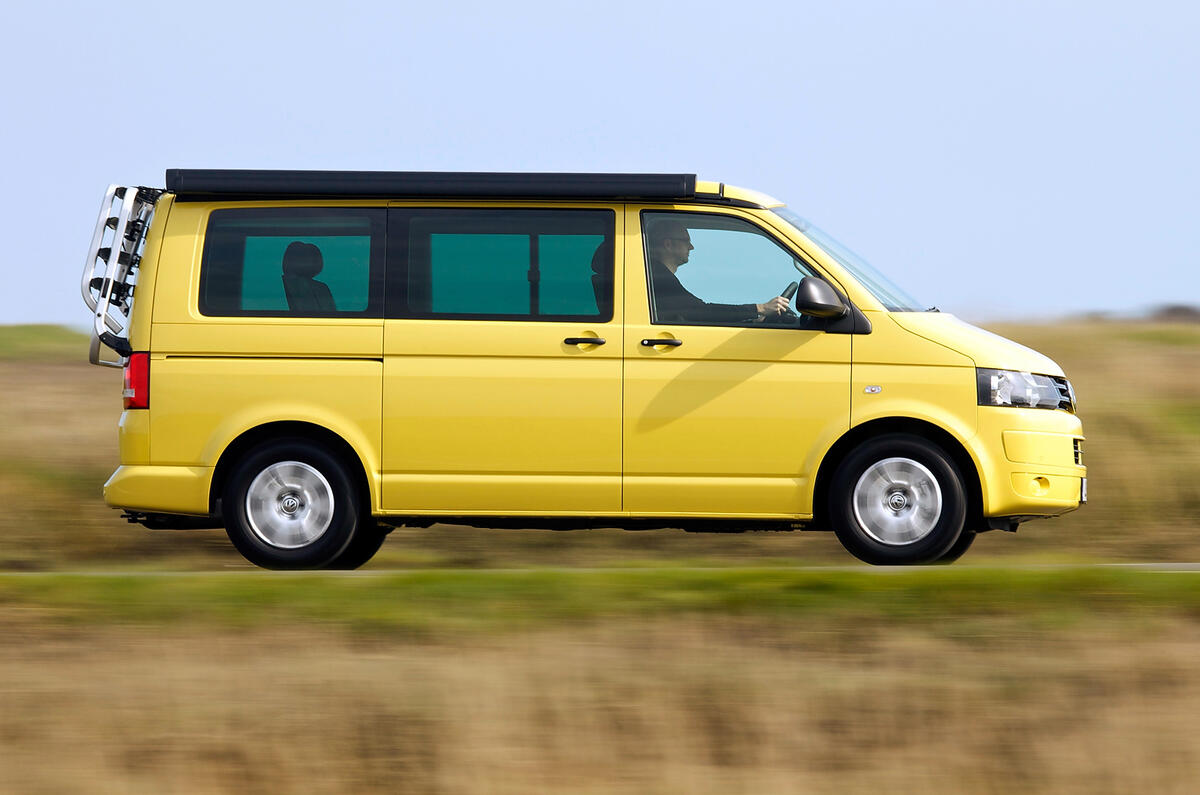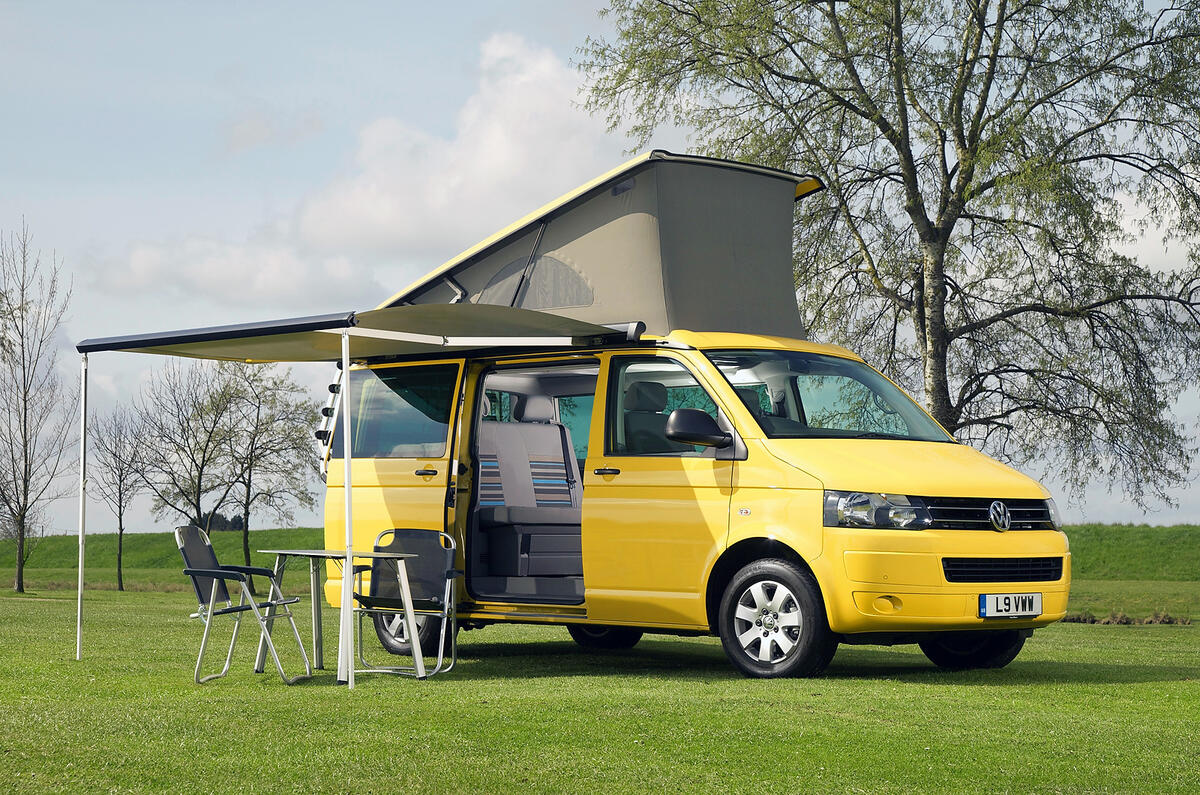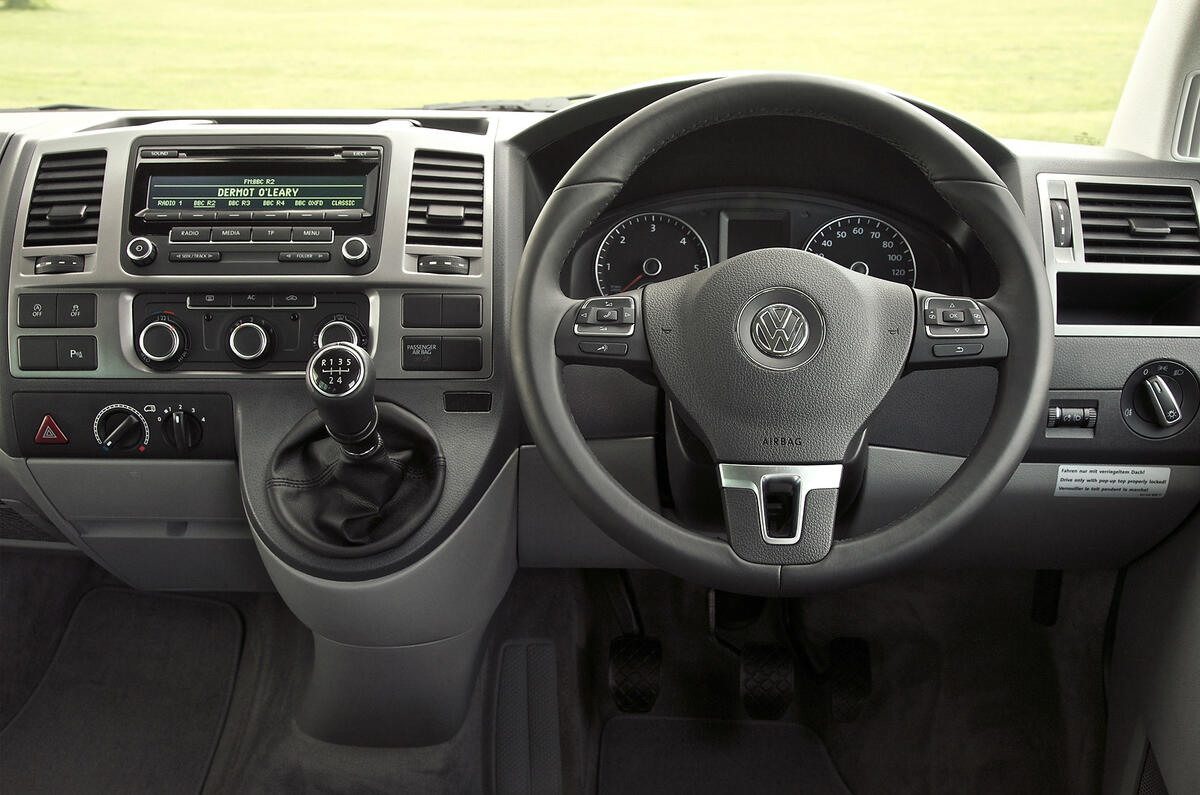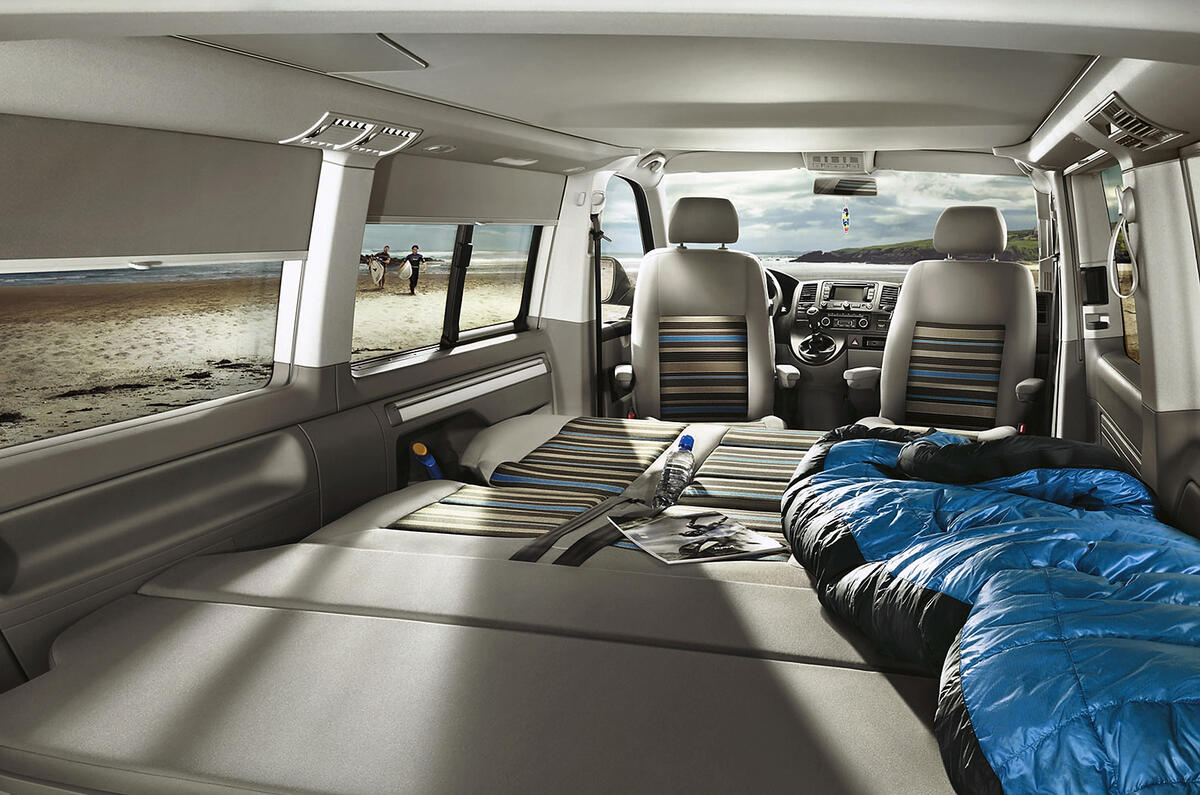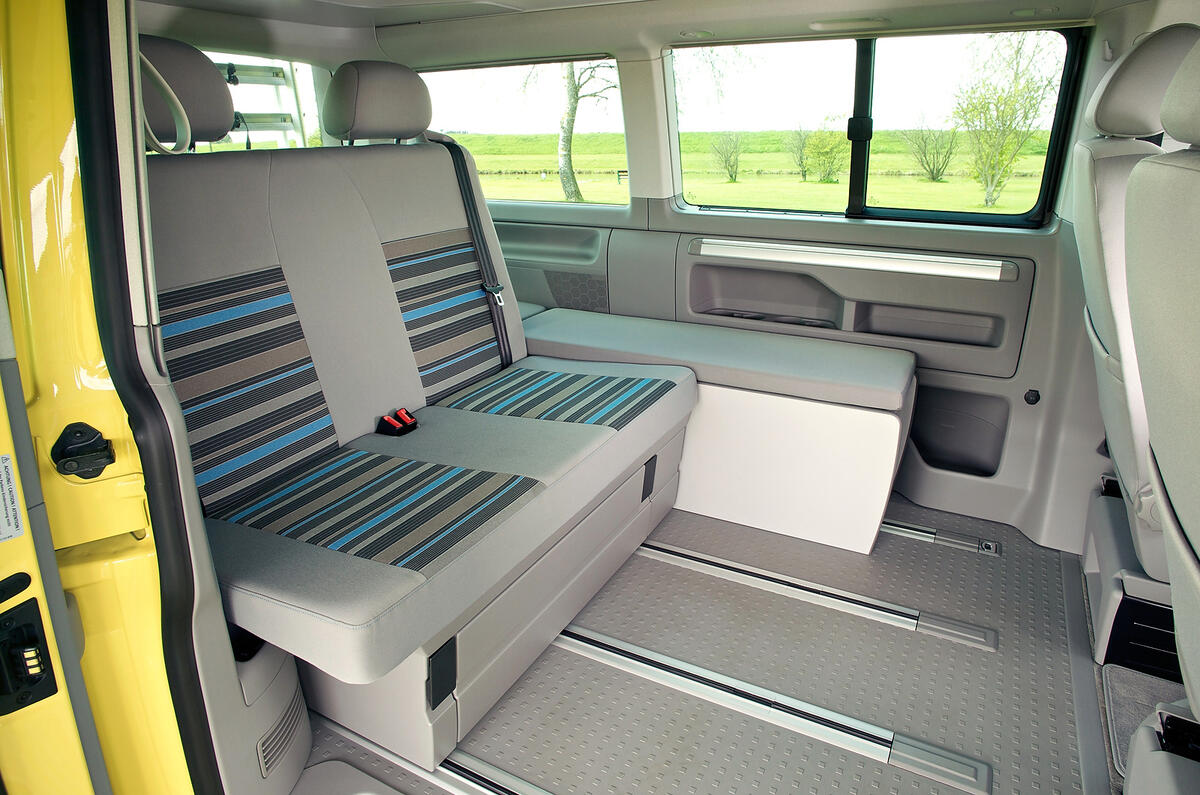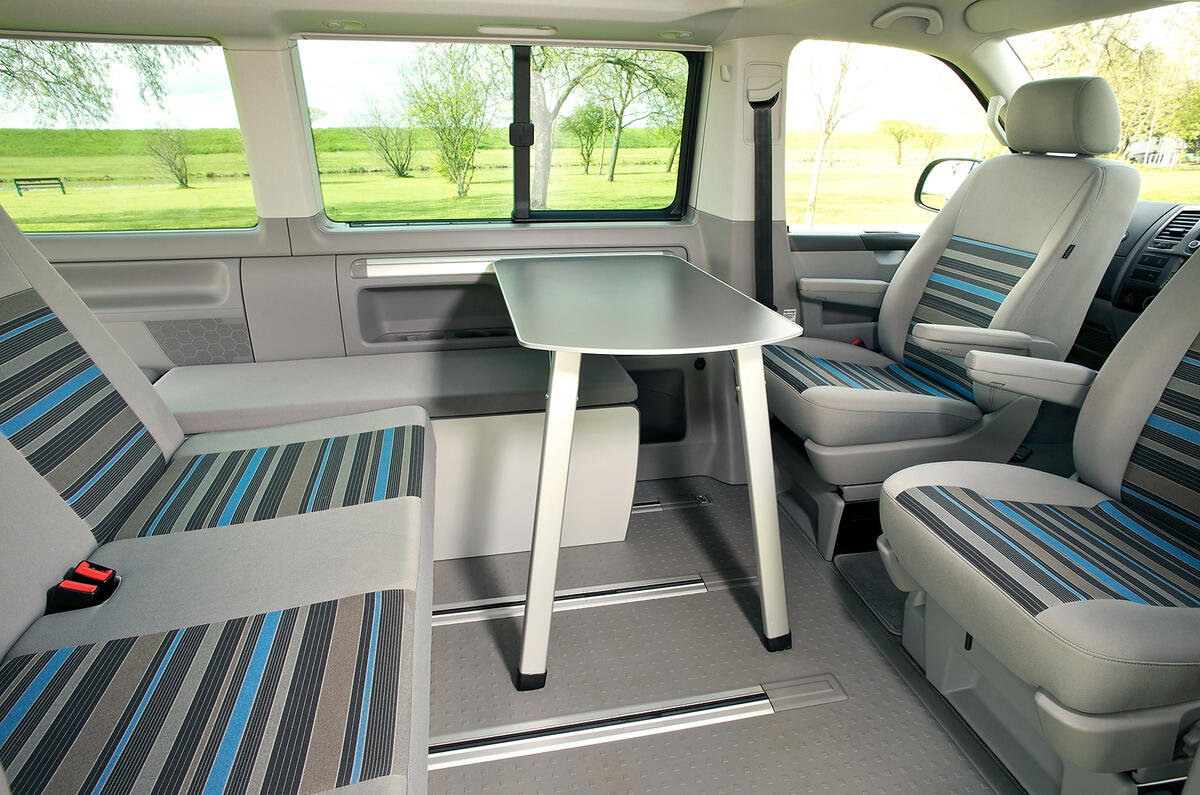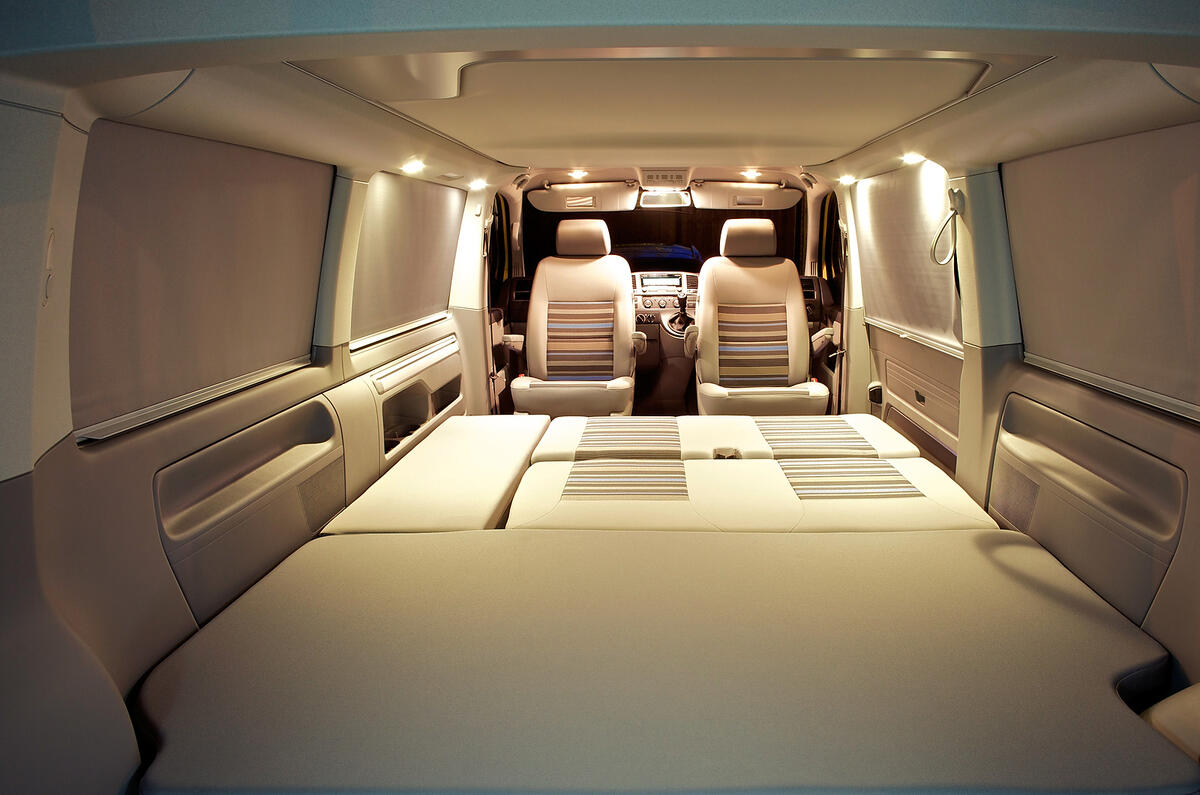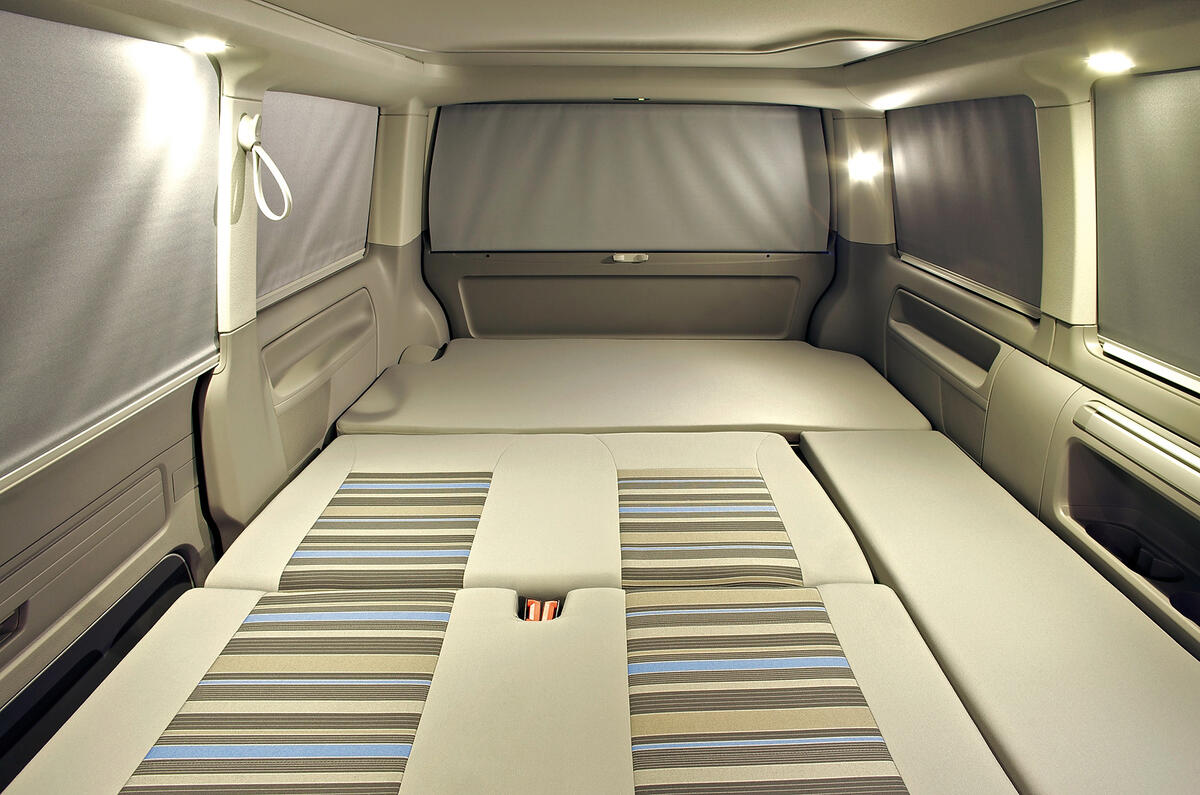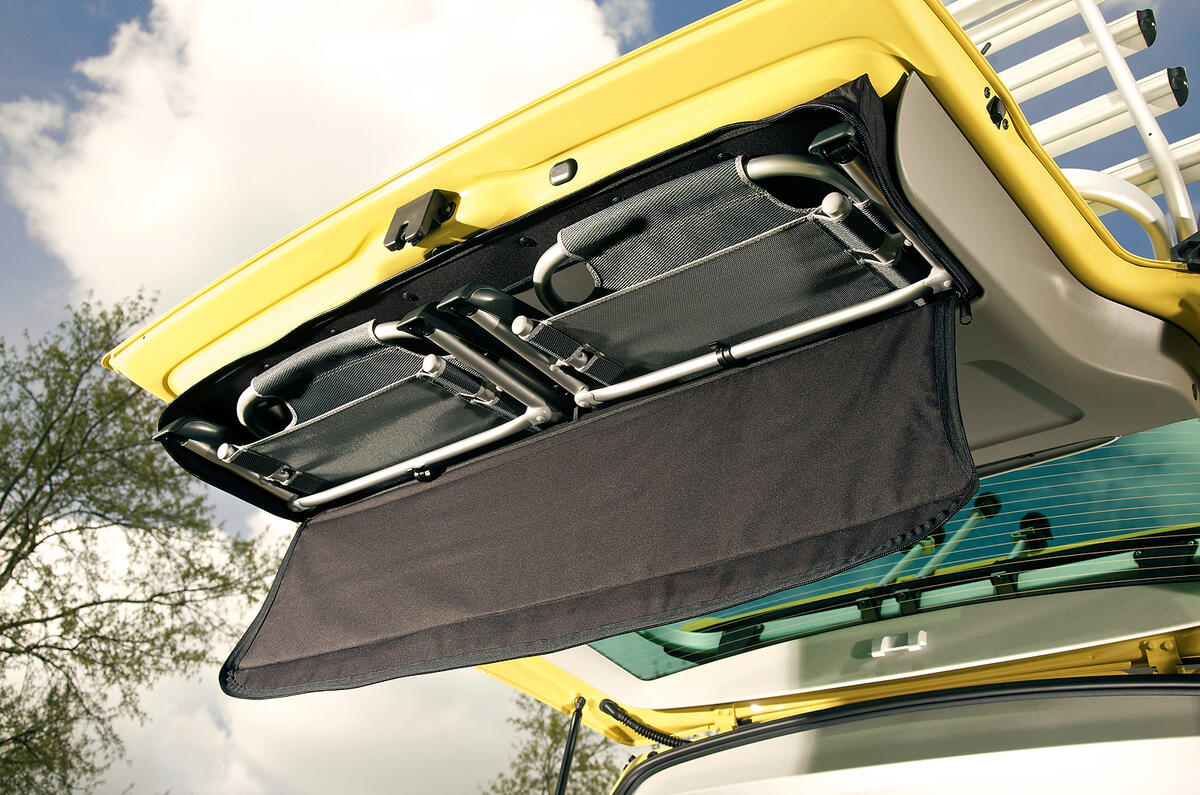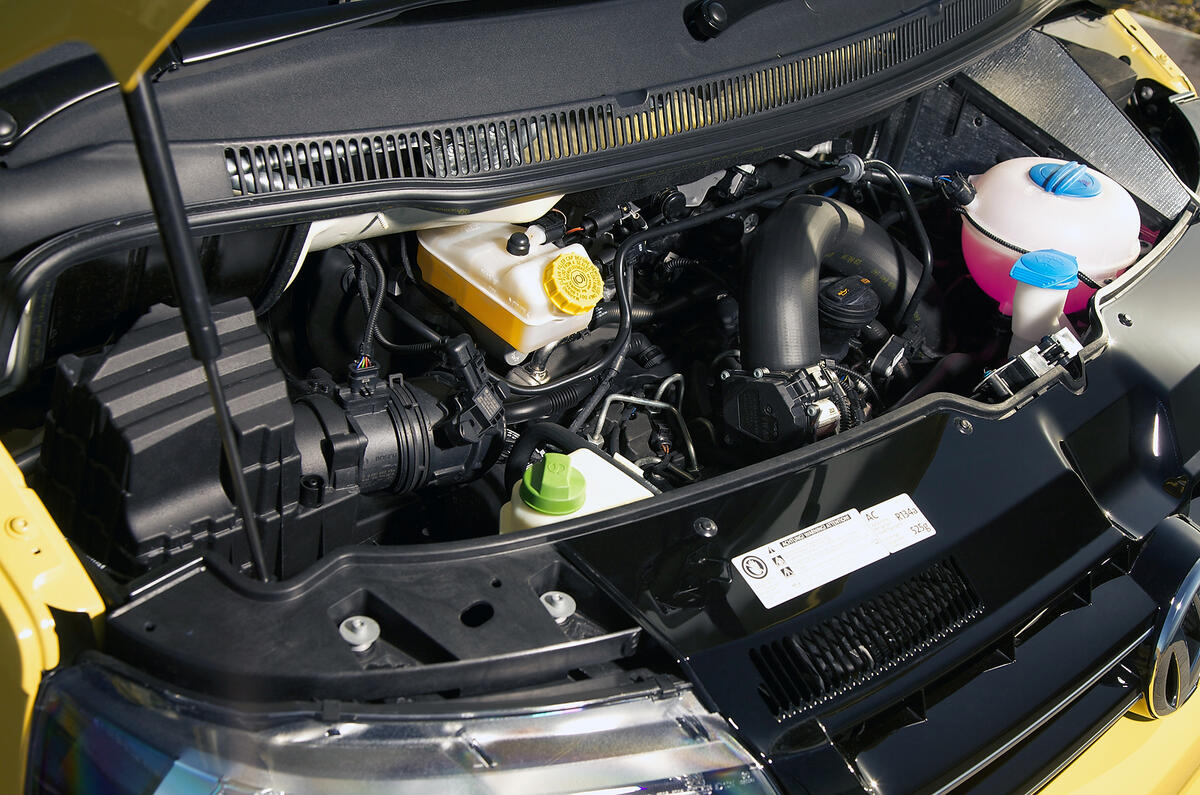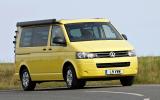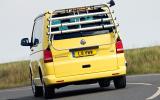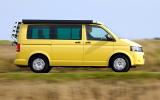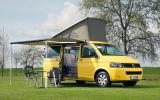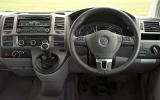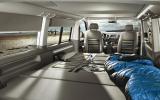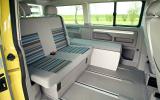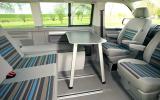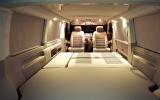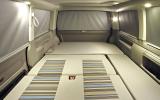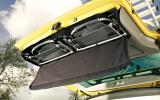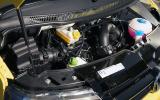The next time you’re having 'that' conversation, the one about what you'd buy when your six lucky numbers come up, and one of your mates suggests that a California would be in his lottery winner’s million-pound garage, ask him which one he means. Because for anyone who’s serious about owning proper track machinery, who knows about the real-world practicalities of getting circuit cars to and from paddocks all over the UK, the Volkswagen pictured above could be a much better choice than the Ferrari.
The namesakes could hardly be less alike - the subject of this appraisal being a full-sized monocab camper van with seats for up to seven occupants and sleeping space for up to four, and rated to tow up to 2.5 tonnes. Based on the Transporter, the California mixes the space and robust capabilities of a proper commercial vehicle with very respectable ride and handling attributes, and quality fixtures and fittings that do the VW brand no harm at all.
With a towbar, a trailer and your circuit weapon of choice all coupled up, it could be exactly the sort of machine to bring your racing pipedreams to life: you drive it to the Nurburgring 24hr, sleep in the paddock in it, and drive home again regardless what happens during the race.
Volkswagen UK broadened the California range in 2012 with the addition of a more affordable model called the Beach. Thanks to that, prices start at under £35,000 for a 113bhp Bluemotion Technology model, emitting a very reasonable 184g/km of CO2. At the top of the line-up you’ll find an SE model with a 178bhp twin-turbodiesel engine, four-wheel drive and a seven-speed dual-clutch gearbox — yours for a whisker under £50,000. All are powered by a 2.0-litre TDi engine, with the Bluemotion Technology model returning close to 40mpg at a 70mph cruise.



